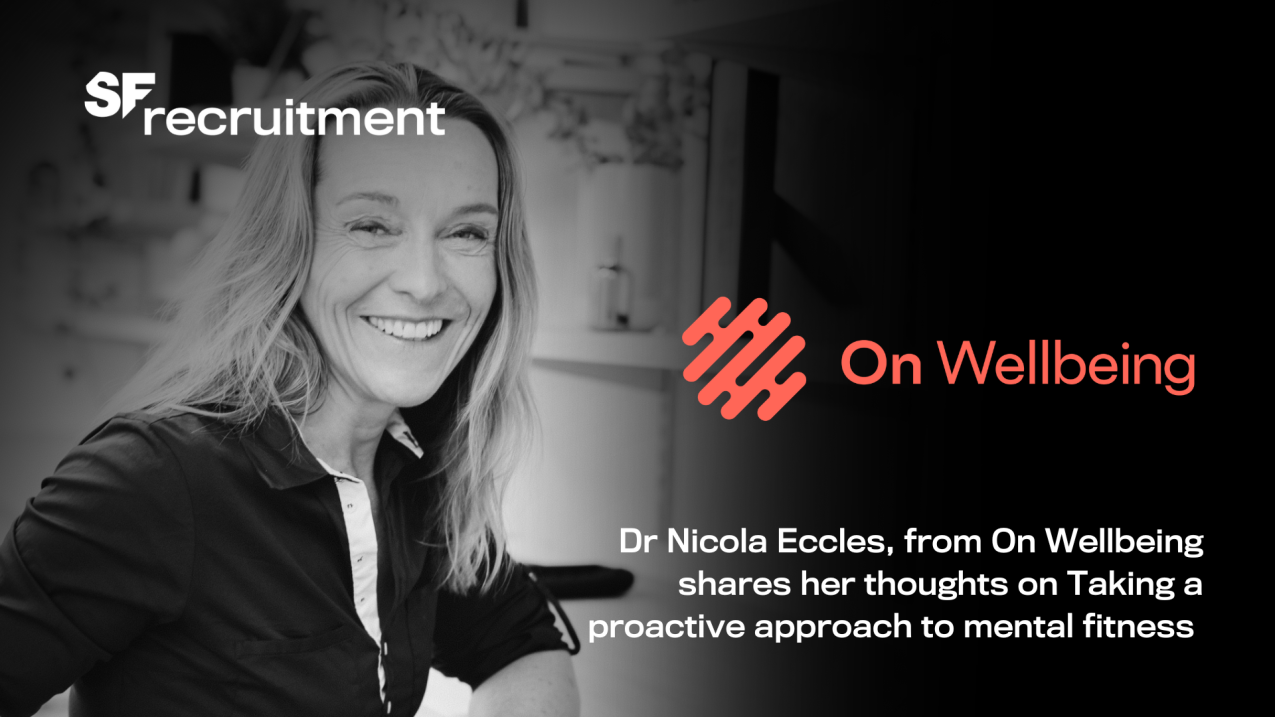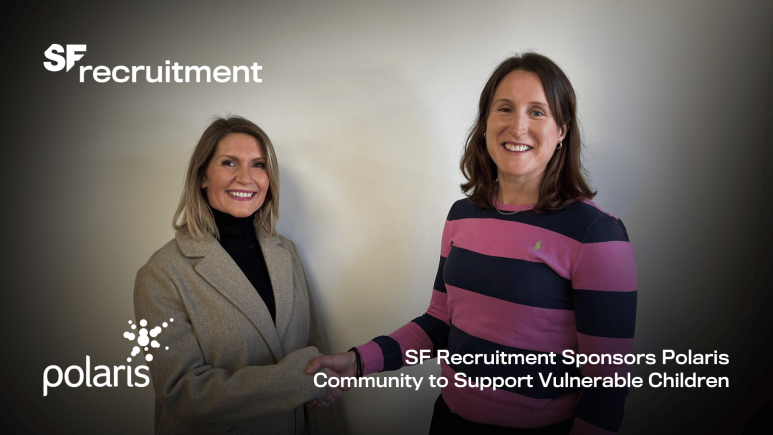
Taking a proactive approach to mental fitness in your organisation: why an EAP is never enough

Special thanks to Dr Nicola Eccles from On Wellbeing for her contributions for this insightful article into why organisations ought to be taking a proactive approach to mental fitness and why an EAP is not enough.
One in four adults experience mental ill health. The ripple effect on individuals, communities and workplaces is devastating. Mind (mind.org.uk), the mental health charity suggests that the ‘second pandemic’ is the mental-health crisis we are experiencing right now.
The Centre for Mental Health calculates the 2022 yearly cost as 110 billion pounds to the economy alone (there are many other costs too!), the majority of which are workplace costs. People are not able to come into work, and when they do, they are often not ‘present’ or find it difficult to focus and be productive. Mental health support in the workplace has never been more critical.
When people are experiencing low mood, anxiety, or stress, when people are struggling to cope and have low self-worth then things like communication and work relationships suffer. Individuals lack confidence in their ability which has a knock-on effect on outputs and aspirations.
Last year one fifth of workers had to take time off due to poor mental health. Over 90% of individuals said they felt high or extreme stress at work.
Typical mental health solutions in organisations include workshops or talks, subsidised gym memberships or fitness opportunities. Employee Assistance Programmes or EAPs are common and usually focus on counselling or talking therapy. Mental Health First Aiders (MHFAs), training someone from the organisation as a mental health support worker, is also a popular strategy.
However, the take up of these offerings by colleagues, specifically EAPs is low, around 3-5% meaning people continue to struggle every day without accessing support.
Organisations have a captive audience and providing mental health support is essential rather than a ‘nice to have’. Whilst most managers know this, the real-life application is much more complex. What to provide? How can people access this? How will it impact their work? When things are provided will people want to make use of them?
Two things should be considered by every organisation before shaping a wellbeing programme. The first is to consider the landscape of psychological safety within an organisation. The second is recognising the unique role of mental health literacy in the culture of an organisation.
In this article we explain how these things should be the foundation of wellbeing in your organisation and what you can action today in support of this.
Psychological safety: Decades ago, the clinical psychologist Carl Rogers prompted interest in ‘self-worth’ and the ideal environment that would allow people to feel a sense of ‘unconditional worth’ with minimal evaluation or judgement. In terms of the workplace this developed into the concept of psychological safety and of working without fear of negative consequences.
In previous generations, pace and precision on the assembly line was the critical skill. Working hours were set and hierarchical relationships clear. There was a stark division between work and home. In the modern workplace we manage complex relationships and process diverse information, making hundreds of minute decisions daily, trying to fight ‘fire’ and solve new problems. We have to take risks without a fear of consequences, experimenting with ideas without feeling stupid.
The workplace today is volatile, uncertain, complex and ambiguous, described in research as VUCA. Within this kind of workplace, we need to feel psychologically safe to thrive. If we don’t feel psychological safety then we feel fear. Fear is counterproductive to effective thinking, leadership, co-operation and decision making.
So, for an EAP to be successful people need to feel secure in accessing this, which can only happen in a psychologically safe environment. The same is true for approaching a mental health first aider. This environment emerges through a group rather than an individual. Managers and leaders are responsible for the creation of this environment through listening, acknowledging contribution, inviting awkward and challenging conversations with no retribution and being vulnerable.
Mental health literacy:
Mental health literacy is the knowledge, beliefs and understanding we have around mental health. When we increase people’s mental health literacy, we break down barriers, we increase recognition of different perspectives and situations that individuals may be experiencing. Critically, we increase the likelihood that individuals access greater psychological support. In short, when we understand a subject and are ‘literate’ in it, then we are able to recognise and accurately respond to it.
The take up of an EAP or of any wellness provision is often limited because individuals are unaware of why or what they need help with. People accept that they are living with low mood or that they find it difficult to communicate their needs. Many see it as their ‘personality’ that they feel triggered or angered by certain colleagues. They live with ‘it’ without really questioning why.
Developing mental health literacy is one of the most important tools we can give ourselves. When we create a culture that has mental health literacy at its core we drive greater footfall towards our existing mental health provision. Managers and team leaders have greater compassion and understanding. Internal communication and interaction also improves.
Emotional intelligence, the ability to recognise and process our feelings is part of becoming more literate. The approach of ignore it and carry on will always mean problems later down the line. When we can name our emotions, think about them and then respond appropriately we are communicating more effectively.
Actions:
What can you do to enhance psychological safety and embed mental health literacy in your organisations?
- Vulnerability. Leading with emotional intelligence and real stories can create an immediate safe space.
- Make tools available and accessible (e.g. to meet people where they are at) and foster a community of skill-based learning to increase literacy. This could be reading materials, videos, podcasts or digital platforms which can be engaged with independently.
- Respect that many individuals like privacy around ‘learning’ so create these opportunities to read, listen and process to become more ‘literate’ around mental health.
- Open and honest conversations with no retribution need to be scheduled before they become second nature. Make time for these to happen in small groups.
- Outwardly recognise the unique contributions of your colleagues. This enhances psychological safety and also increases resilience which is a buffer for stress.
- Encourage creativity. When we are encouraged to be creative in any way we support our mental health. It also supports emotional intelligence and psychological safety. Find a regular space for creative thinking or practice with your team.
- Be a strong advocate of thriving alongside mental health issues. Stories from colleagues and managers who are coping and developing every day, despite struggling with mental health, can be transformative for others.
On Wellbeing is a unique interactive digital app for mental health solutions. Focusing on skills-based games and learning it supports real and lasting change. Contact Dominic Bennett for a demo: Dominic.bennett@onwellbeing.com
Published by SF Recruitment with kind permission from Dr Nicola Eccles & On Wellbeing 2024.
Related News



Social media has drastically improved the way we recruit within SF Recruitment.
What is it, then, about using LinkedIn, Twitter, Facebook, Google+ et al that seems to seriously boost your prospects of landing that job?

